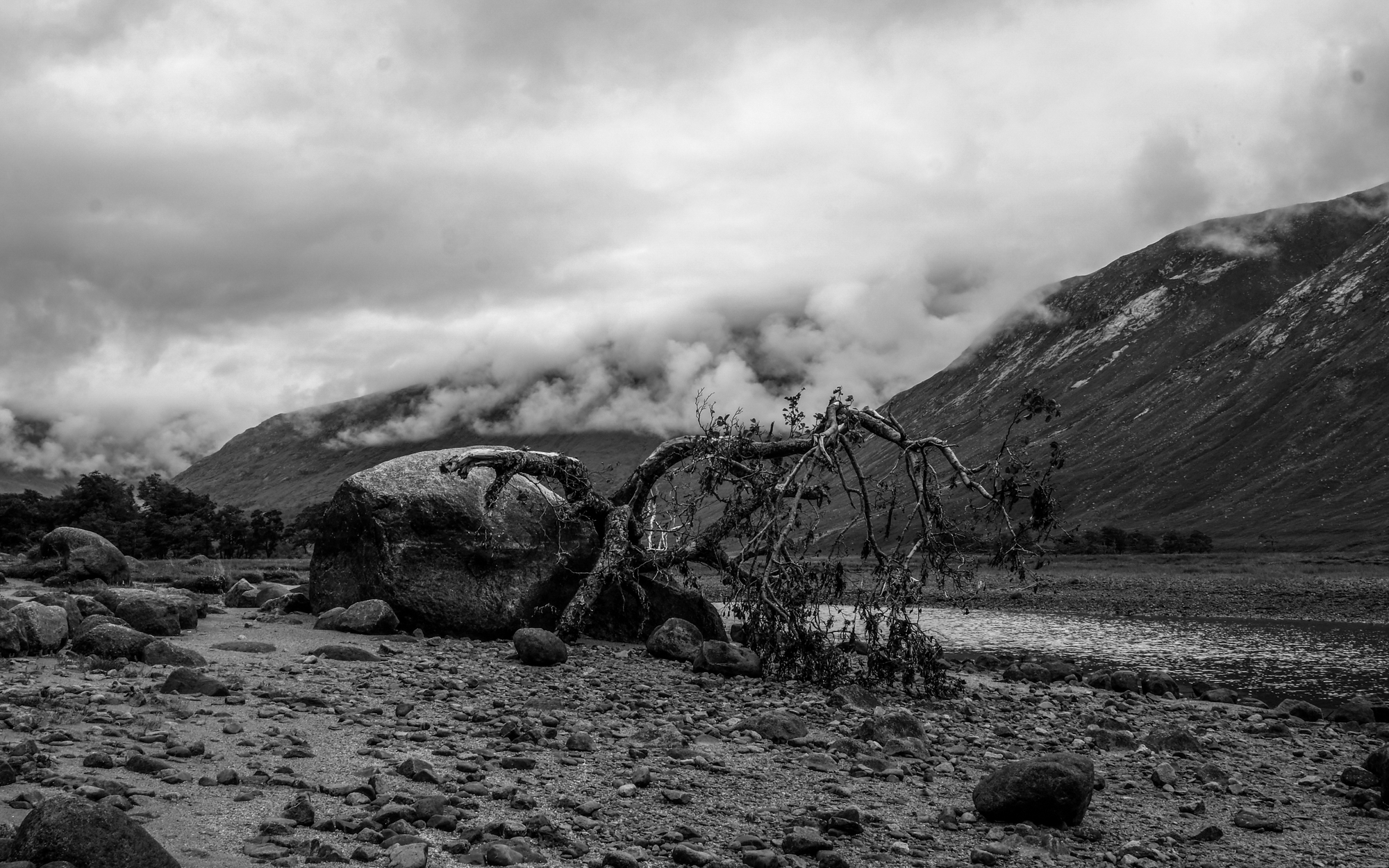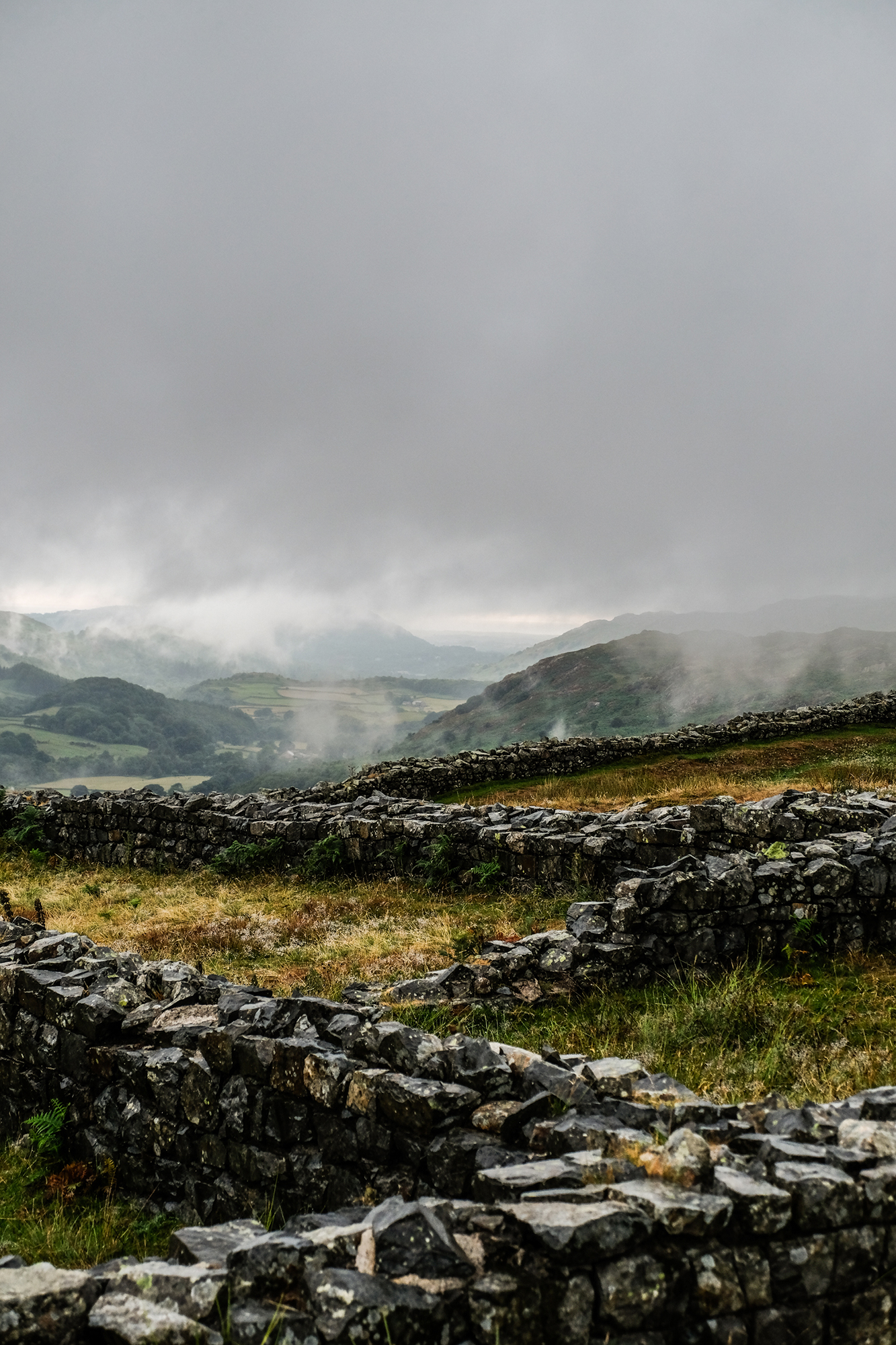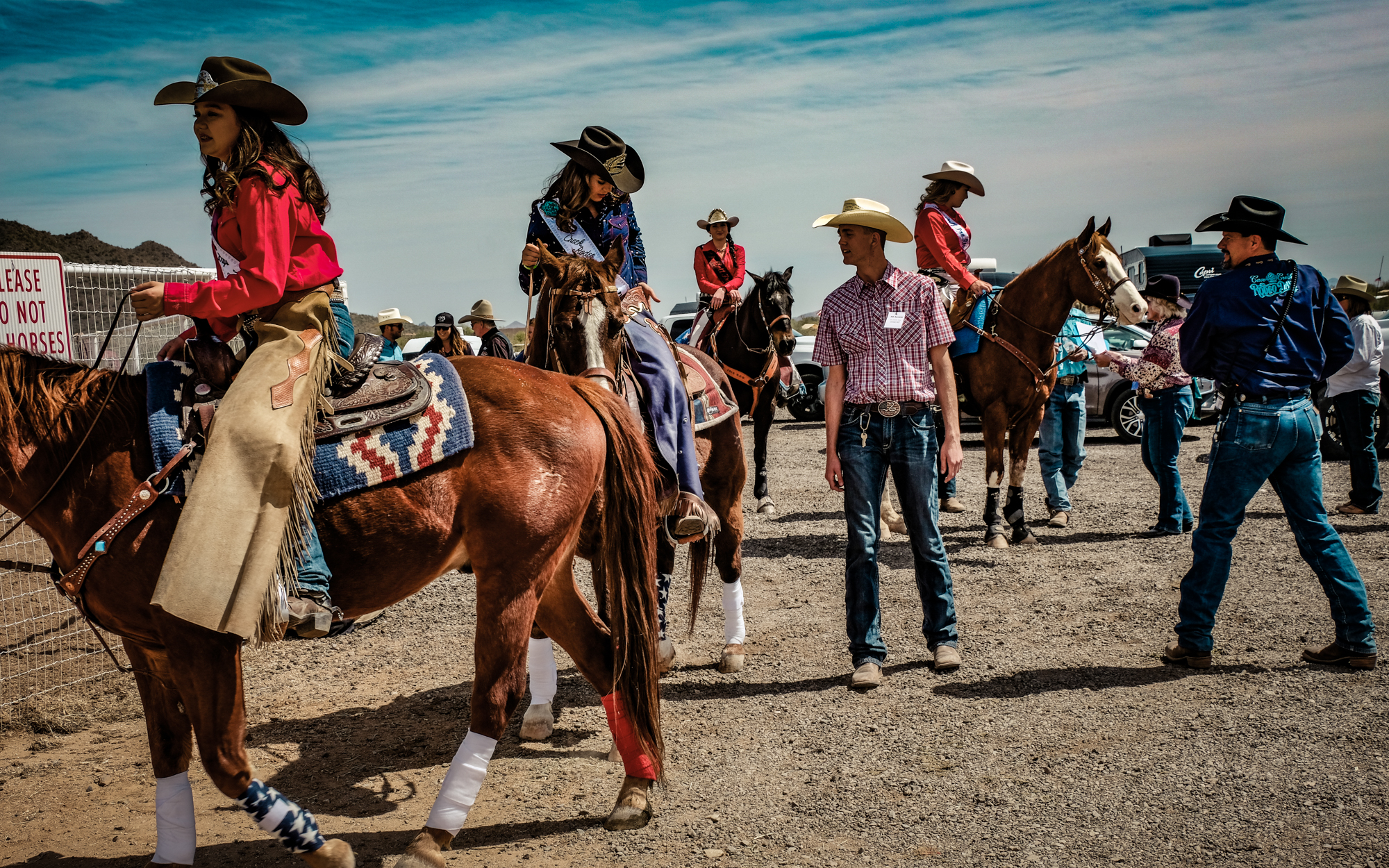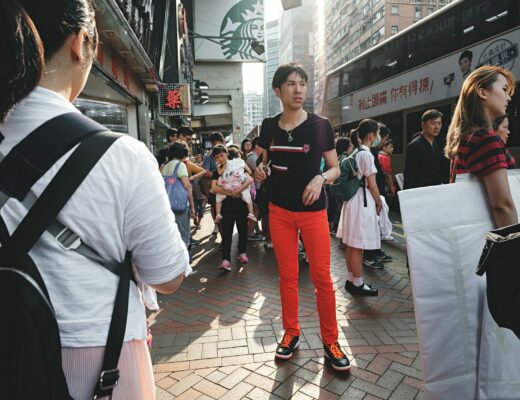During my journey from novice to enthusiastic devotee of creating art through photography, I kept notes along the way. I have distilled these notes of my struggles, frustrations, surprises, and the joys of taking “that photo” into 7 steps for others entering the starting gate on their own journeys. My first insight was that if I wanted take photographs that surprised the viewers and maybe even took their breath away, I would have to make a commitment to master a new skill.
My compositions capture the emotion and beauty of the moment. With cameras in hand, together with my husband, Terry Herbeck, a photographer and digital artist, we document the urban and open landscapes of our travels.
1. Be Brave – Find A Tribe And The Right Camera
I am living proof one can venture away from the automatic setting on a camera at 67 years of age. I pushed aside my fear of meeting new people and joined a local camera club. I found a group of warm and welcoming folks. Some would become friends and mentors, willing to give of their time to patiently help me navigate the complicated process of learning how to use manual settings on a camera.
I went to my local camera store to hold different models. The size and shape had to be comfortable and feel good in my hands; have heft, but not feel heavy. Holding it, carrying it, and bringing it up for a shot needed to feel natural. The dials and menus had to be easy to operate. I didn’t buy a camera on my first visit nor did I get bogged down with getting the most expensive brand or the one with the most pixels. I decided to buy the best camera I could afford.
My husband, Terry, had a DSLR and was ready for a change. He sold his equipment and we got a Fujifilm X-T20 for me and a Fujifilm X-T2 for him. These smaller, crop sensor, mirrorless cameras provide great quality images without the weight. I got a wrist strap and always use it to avoid any of those “that will never happen to me” moments.
2. Learn The Basics
At last the camera arrived. Terry and I went through the manual, section by section, setting the custom menu according to my preferences. I twisted and turned the dials and pushed buttons. Combining ISO, shutter speed, F-stops, focal lengths and white balance were confusing. To be sure I didn’t have blurry shots, I left my focus on automatic. Manual focus would wait for a later date when I began to work with a tripod.
I was determined not to default to the automatic setting. When I hit a roadblock, I talked to Terry or watched YouTube videos on subjects I didn’t understand. I was impatient to leave the technical side behind and be free to develop my photographer “brain”. I had ideas in my head and wanted to see those ideas materialize. I was putting the horse before the cart. Working on my composition would have to wait until I mastered camera settings.
3. Old Dogs Can Learn New Tricks
My new tricks came in many forms. I fell in love with FujiLove, a digital magazine produced by Tomash. This community of generous photographers share their practical and sometimes daring advice. The camera settings found at the bottom of their compelling photographs became my best teaching tool. In the beginning of my practice, I imitated the compositions and settings with great success.
I have always appreciated the work of Ansel Adams, Dorothea Lange, Jay Maisel, Steve McCurry, Fan Ho and Michael Kenna. Now I devoured photography books and binged on YouTube videos by Andy Mumford, Melvin Nicholson, Craig Roberts, Simon Baxter and Sean Tucker. These three sources help me capture the world I see.
My husband and I are opposites. My right brain or artistic abilities come naturally. I am technically challenged, my left brain has atrophied. I took courage in the fact my husband learned to develop his right brain and become a successful artist. I made a decision to overcome my fear of being too old to master a camera’s technology. My Fujifilm camera’s ability to let me see the image as I twist and turn the dials help me immediately understand the dynamic interaction of ISO, F-stops, and Shutter Speed. I still don’t get it right every time, however, my photographs are improving with each click of the camera.
4. Practice, Practice, Practice
Speaking of “clicks”, I committed to taking daily photographs. I put my camera in a good bag and took it everywhere. Last summer I had the luxury to practice every day during a three month trip. Along the way we took several day-long workshops with professional photographers. I was present in my daily routine. Much to my surprise, those complicated camera settings became just one of the components to taking photographs. I concentrated on the interesting and inspiring subjects around me.
My family and friends are no longer lined up like smiling fence posts for my photos. I’ve slowed down to “see” the world around me. Whether it is the serene beauty of light falling on an early morning landscape or capturing the vibe of a city street scene, I’ve become successful in taking “that” photo. To do this is sheer joy for me.
5. Post Processing Magic
If I didn’t get it right “in camera”, I can make those corrections in Lightroom. This is where the magic happens. Those flat looking raw images become vibrant with simple adjustments. I control the exposure, contrast, highlights, shadows, white balance, clarity, vibrancy and saturation. I don’t have to tackle the seemingly complicated technical aspects of Photoshop. I continue to improve my skills by watching Lightroom videos.
While I appreciate all the possibilities of digital formats, I’m still old school and appreciate coffee table books. I’ve created high-quality coffee table books of our travels from templates provided by Blurb available through Lightroom. Each of our books improve over the last. I wait with bated breath for their arrival.
6. Share Your Work And Plan Your Travels
When I share my work, I appreciate all the supportive and positive comments, but don’t take them too seriously. The voice in my head is my harshest critic and I am careful not to hold onto negative comments by others. I only pay attention to constructive comments or criticism from my mentor or a skilled photographer. Those comments help me improve. All the other comments are just noise and I let them slide off my back.
One of my images sold at my first exhibition. I am entering competitions and winning awards in my class. I’ve become a story teller and visual artist. My husband and I plan our local and long distance trips and adventures based on telling stories with our cameras.
7. Be Flexible And Be Rewarded
I surrendered to the realization there was no perfect photo and began to enjoy the process. Sometimes my best laid plans went up in flames. Out of charred ashes rose an experience far exceeding my original plans. I became flexible and found silver linings.
Sure there are technical aspects of the camera that frustrate me, but then I remember photographers I admire began just like me. All of us share a desire to communicate to others how we see the world around us through photographs to make a difference. That desire has no age limit. They, like me, forged ahead despite frustrations and disappointments. I will remain patient, brave and stay committed daily practice. I am beginning to produce photographs with the “WOW” factor.


























